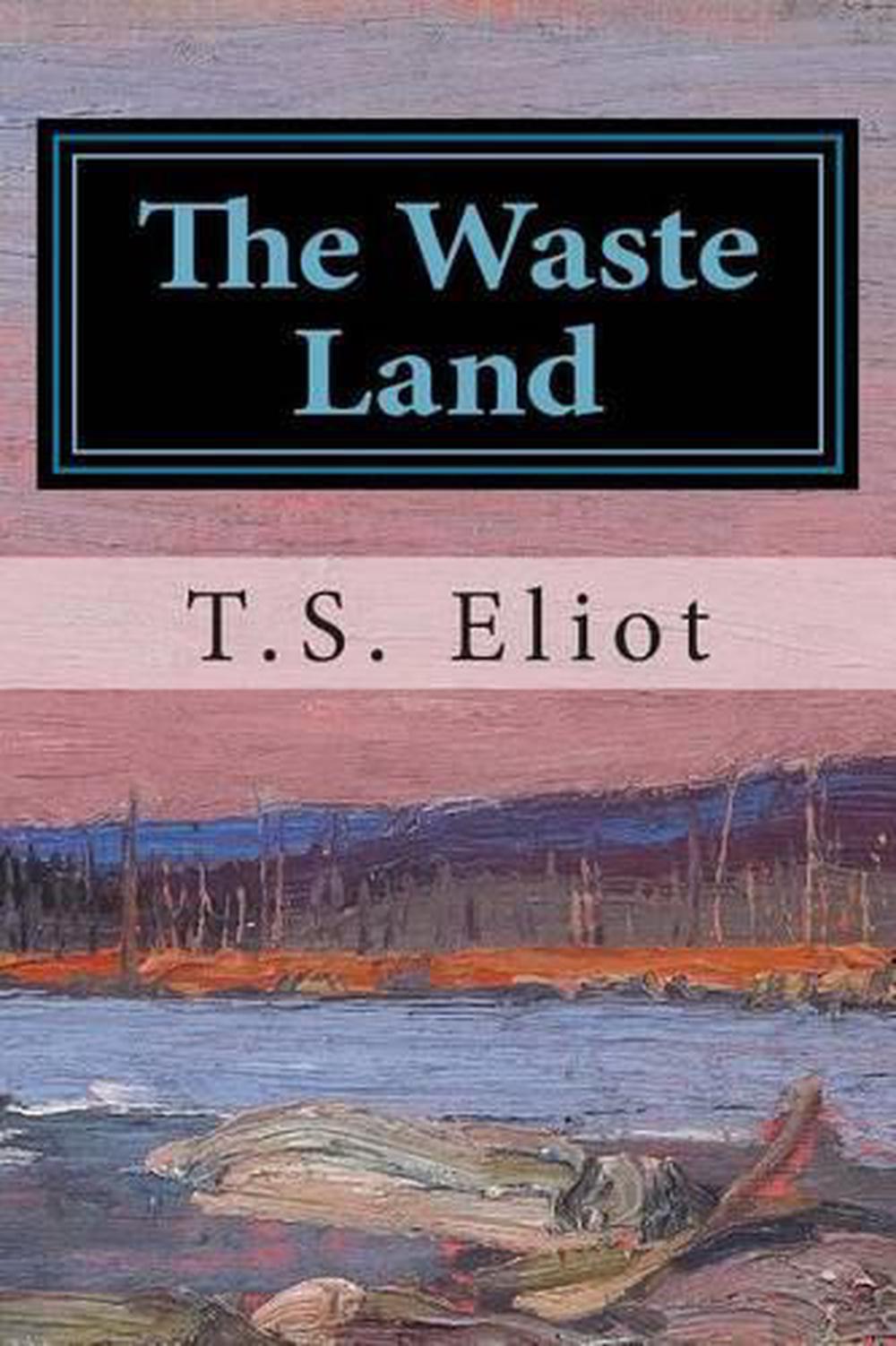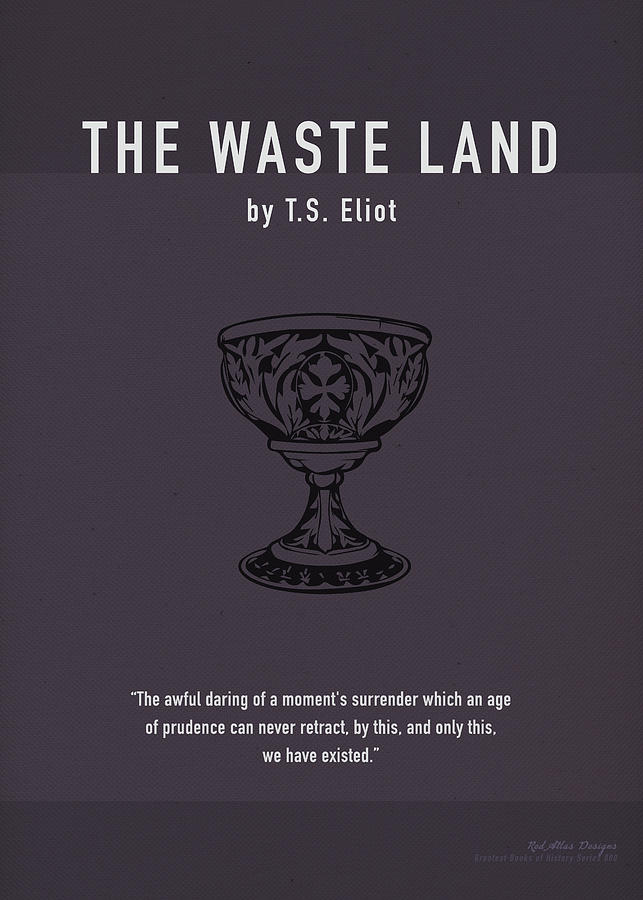

The poem is mostly written in English, but phrases and sentences are strewn throughout untranslated in Latin, Greek, French, German, Sanskrit and Italian. A line from the final stanza seems to be referring to the poem itself: “These fragments I have shored against my ruins.” Most famously, the poem is a collage of fragments: Words or phrases appear from sources such as the Bible, Augustine, Dante, the Hindu Upanishads, and dozens of texts, plays and poems whose titles most people had never heard of, let alone recognized quotations from.

Unnamed characters, barely sketched, disappear before we grasp who they are. Scenes that seem to be going somewhere are abruptly cut off. The poem has no single narrator or easily identifiable point of view. Rather than merely talk about these issues, the poem dramatizes breakdown by withholding the kinds of cues that readers were used to getting from authors.

The foreground of the poem is the violence and wastage of the Great War: The poem documents the breakdown of social convention, shared values, religious culture and philosophical meaning. The biographical background of the poem-which seeps through the surface in surprising ways-includes Eliot’s time-consuming job at a bank, his miserable marriage to a troubled addict, a spiritual crisis and his own nervous breakdown in 1921. In fact, it is a surpassingly difficult read on first encounter. The poem is important, but it’s not very user-friendly. This year marks the 100th anniversary of the publication of “The Waste Land.” The 433-line poem is important, but it’s not very user-friendly. And it appeared the following month in the United States in The Dial, which marked the poem’s importance by awarding it the journal’s prestigious award of $2,000. This year marks the 100th anniversary of the publication of “The Waste Land.” The 433-line poem, divided into five sections, first appeared in the United Kingdom in October 1922 in The Criterion, Eliot’s own literary quarterly that launched that same month. But whatever the author was doing in the poem, he was being deadly serious about the cultural, existential and political problems that were afflicting humanity in the wake of World War I. Eliot’s “The Waste Land” might also be one of the most difficult texts to interpret.

It is one of the grimmest monuments of suffering and despair ever penned.


 0 kommentar(er)
0 kommentar(er)
